Summer is the season of horror in Japan. In our other article about Kimodameshi (肝試し), which is about tests of courage, we briefly introduced the tradition of Kaidan (怪談). In this article, we go in-depth about Kaidan - how it started, Kaidan traditions, famous Kaidan, and more.
Table of Contents
- What is Kaidan (怪談)?
- Hyaku Monogatari (百物語) - Sharing 100 Kaidan
- Famous Japanese Ghost Stories
- Yokai Appearances in Kaidan
What is Kaidan (怪談)?
🕯️ July 13th is Occult Anniversary Day (オカルト記念日 okaruto kinenbi) in Japan. Why? Because the American horror film "The...
Posted by WeXpats on Thursday, July 13, 2023
Kaidan (怪談) is Japanese ghost stories; 怪 (kai) meaning “strange”, “mystery”, “wonder” that refers to the unexplanaible, and 談 (dan) meaning “talk”, “story”, “conversation”. A more accurate translation of Kaidan would be “talk about mysteries”, or “conversation about the strange”, but Japanese ghost stories is what many people understand best.
During summer in Japan, sharing Kaidan is a popular group activity among friends. The simple explanation is that getting spooked with ghost stories sends chills down your back, an effective psychological method to cool down during the hot and humid summers. Another popular spooky summer activity is Kimodameshi - a test of courage.
The tradition of “Kaidan” first began during the Edo period via Kabuki, a type of traditional Japanese play. Ghost stories in the form of Kabuki were said to have started during the summers as accompaniments to the usual plays. 3 plays in particular gained extreme popularity at that time, and became known as the 3 Great Kaidan of Japan (日本三大怪談). We will introduce them below.
Writer's Pick
Hyaku-Monogatari (百物語) - Sharing 100 Kaidan

Another trigger for the popularity of Kaidan during the Edo period is “Hyaku-Monogatari (百物語) - 100 Stories”. Hyaku-Monogatari was a game where a group of people would gather, and 100 candles would be lit in another room. They would take turns telling a ghost story or a supernatural encounter they had experienced, after which the storyteller would go alone to the room with the candles and blow out one of them. This would go on until the last candle. It was believed that when the last candle was blown out, a supernatural entity or ghost would appear. Though the game would never get that far as many people would give up out of fear.
After Hyaku-Monogatari became popular, books relating to it were published, such as「諸国百物語 (Shokoku Hyaku-Monogatari」and 「御伽百物語 (Otogi Hyaku-Monogatari」. Both books are anthologies of Kaidan.
Famous Japanese Ghost Stories

Japan’s 3 Great Kaidan (日本三大怪談)
Yotsuya Kaidan, Bancho Sarayashiki, and Botan Doro make up Japan’s 3 Great Kaidan (日本三大怪談 / nihon sandai kaidan).
Yotsuya Kaidan (四谷怪談)
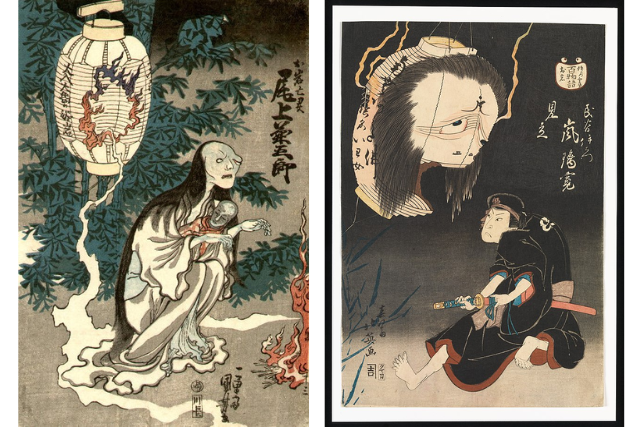
Source: Wikimedia Commons, Wikimedia Commons
Yotsuya Kaidan tells the tale of a woman named Oiwa who is betrayed and killed by her husband Iemon, and becomes a ghost to take revenge on him.
Oiwa’s father, Matazaemon, was worried about his daughter who was unable to find a marriage partner due to her sickly condition and ugliness. A man named Iemon was tricked into marrying Oiwa. However, when Iemon fell in love with his boss’s mistress Ohana, he conspired to kill Oiwa and married Ohana. Iemon led a happy life with Ohana for a while, until misfortune started when Oiwa’s spirit came to visit him.
It seems that Yotsuya Kaidan was possibly based on the novel「四谷雑談集 (Yotsuya Danshu」written in 1727. The story of Yotsuya Kaidan has gone through many changes, though the most well-known adaptation is the Kabuki story, which you can read here. In this version, the beautiful Oiwa is tricked by Oume who is in love with Iemon, to apply poison on her face which badly scarred Oiwa’s face.
Sarayashiki (皿屋敷)
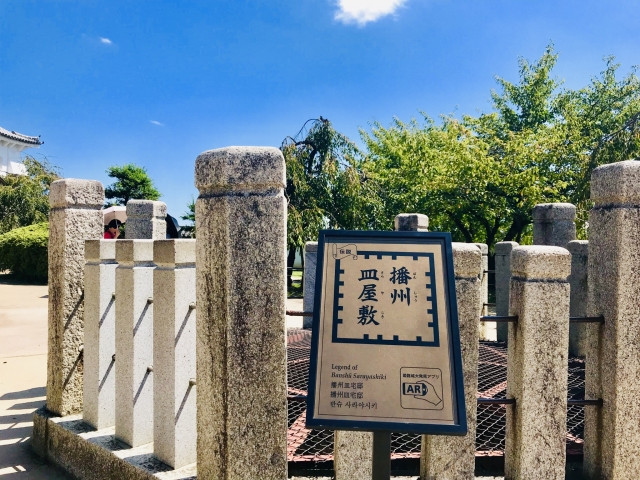
Sarayashiki tells the sad tale of a woman named Okiku and her endless search for the missing 10th plate.
A woman named Okiku breaks 1 of 10 of her master’s precious heirloom plates. She was scolded badly, and to take responsibility for her mistake threw herself into a well in the mansion. After Okiku’s death, a woman’s voice counting plates could be heard in the house.
The origins of Sarayashiki are not clear and there are many versions of the story with different endings. The most famous of Sarayashiki are「番町皿屋敷 (banchou sarayashiki)」and「播州皿屋敷 (banshuu sarayashiki)」. The former is set in the Edo period, while the latter is set in the Muromachi period, and it is said that Banchou Sarayashiki was created based on Banshuu Sarayashiki.
Botan Doro (牡丹灯籠)
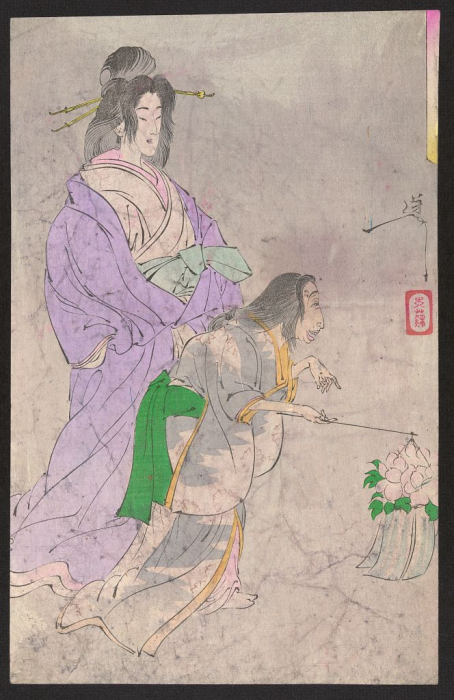
Source: Wikimedia Commons
Botan Doro is a story about romance with a ghost.
A ronin named Shinzaburo and a woman named Otsuyu fell in love. Otsuyu, who was so infatuated with Shinzaburo died waiting for him to visit, and Shinzaburo despaired when hearing the news. One day, Otsuyu accompanied by the clicking of her geta visited Shinzaburo’s house who was delighted at the unexpected reunion. However, Banzo who worked for Shinzaburo realised that Otsuyu is a ghost. Shinzaburo who realised the truth put up amulets all over his room to keep Otsuyu out. She wailed and cried out her love for him but could not enter. Otsuyu bribes Banzo’s wife with money in return for removing the amulets. The next day, when Banzo visits Shinzaburo’s house, he finds Shinzaburo dead.
Botan Doro is the only one of Japan’s 3 Great Kaidan that was created in the Meiji period. It is based on 「牡丹灯記 (botan touki」, which is part of a collection of Chinese stories called 「剪灯新話 (sentou shinwa)」.
The Seven Wonders of Honjo
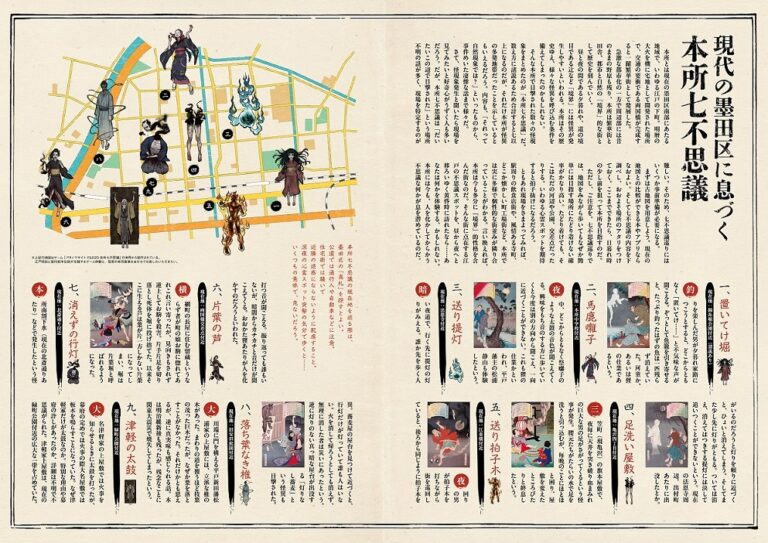
Source: Sumida Tourism Association
The Seven Wonders of Honjo, 「本所七不思議 (honjo nana fushijgi)」in Japanese, are the most famous urban legends among the Kaidan of the Edo period. They have been adapted into movies, and passed down as rakugo.
The Honjo Seven Wonders are as follows:
Oite Kebori (置行堀)
A fisherman who had a great catch of fish for the day was about to leave when he heard a voice from the moat saying, “leave it behind…”. Startled, the man rushed home with his heavy basket of fish. After returning home, he checked his basket and found that all the fish had disappeared…
Okuri Chouchin (送り提灯)
One dark night, a samurai was walking alone when he saw the light of a lantern. He attempted to follow it but no matter how hard he chased, he could not catch up with the light. Until suddenly, it blinked out leaving him in darkness.
Okuri Hyoushigi (送り拍子木)
One day, the night watchman was making his usual round of patrols while beating his wooden clappers. Suddenly, he heard the sound of clappers being struck from behind him as well. However, when he looked back, there was no one in sight.
Akarinashi Soba (燈無蕎麦)
In the vicinity of Warigesui in Honjo, there are soba noodle stalls at night, but one of them always has no lights on. A passerby turned on the light, but it immediately went out, making him feel uneasy as he went home. After that, he suffered a series of mishaps for a while.
Kataba no Ashi (片葉の葦)
A wicked man named Tomedo fell in love with a beautiful woman named Oyoshi. He became angry that she rejected his advances and, unable to stand it any longer, killed her by cutting off her arm and leg on one side of her body and throwing her into the moat. After that, reeds with leaves on only one side started to grow around the murder scene, said to be the spirit of Oyoshi.
Ashiarai Yashiki (足洗邸)
One night, at the residence of a bannerman named Ajino Younosuke, there was a loud noise that shook the house. Suddenly, a bloody foot appeared from the ceiling and a voice said, “Wash it.” When Ajino washed it, the foot disappeared, but when he did not, it rampaged around the house. Ajino consulted with his colleague and they decided to switch houses. After moving into his colleague’s house, the foot stopped appearing.
Tanuki Bayashi (狸囃子)
Every night, the sound of joyful music being played could be heard coming from the fields. However, even if one follows the sound of the music, you can't tell where it came from. Those who continue to follow the music find themselves in a strange place…
Ochiba Naki Shii (落葉なき椎)
For unknown reasons, a large beech tree in the estate of the Matsuura family of the Nitta domain never dropped a single leaf. This unsettled many people.
Tsugaru no Taiko (津軽の太鼓)
There was a fire watchtower in the residence of the Daimyo of Tsugaru. Normally, fire watchtowers would use a woodblock (bangi) to sound the alarm and warn of a fire, but for some reason, this fire watchtower had a taiko drum. When a fire broke out, the taiko would sound, but still no one knows how it came to be there.
Despite being called the Seven Wonders of Honjo, there are actually over 7 Kaidan. The Honjo area of Edo is now known as the Sumida area of Tokyo.
Ghost Stories Set at Castle Ruins
Some Japanese ghost stories have their backgrounds set in castle ruins. Here are some famous ones.
Gujo Hachiman Castle (郡上八幡城)

At Gujo Hachiman Castle, there is a kaidan about “Oyoshi” who was sacrificed to become a human pillar.
One day, a cart was being used to transport lumber for castle repairs. Midway, the cart would not move despite many people attempting to push it, but as soon as a 17 year old girl named Oyoshi helped, it began to move. Hearing this, the owner of the castle ordered for her capture, hoping to use her as a human pillar to build a stone wall that would not collapse.
Oyoshi was dressed in white, sealed in from the outside, and buried. After her sacrifice, fires broke out frequently in the town, and the ghost of a woman dressed in white was said to appear before the flames. Stories of the female ghost and Oyoshi’s haunting were passed down until the present day.
Kitanosho Castle (北ノ庄城)
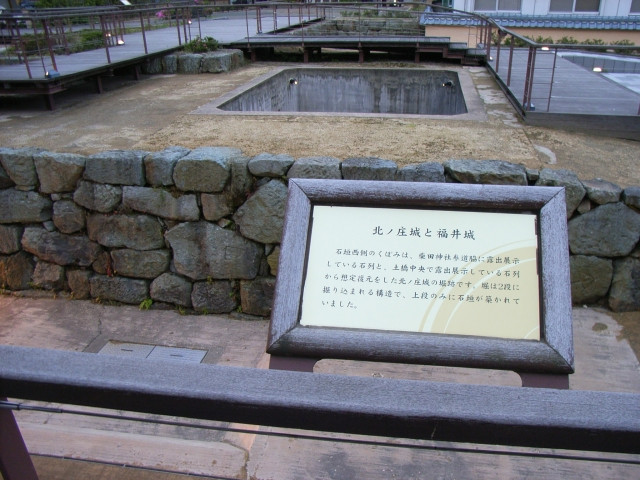
There is a story about a headless samurai army that appears at Kitanosho Castle.
After Oda Nobunaga was defeated in the Honnoji Incident of 1582, Hideyoshi Hashiba and Katsuie Shibata fought for control of the castle. Katsuie Shibata was defeated in the Battle of Dokugatake on April 24, 1583 and took his own life at Kitanosho Castle. Since then, the ghost of Shibata’s headless army began to appear on the night of April 24th, and it was said that anyone who saw them would die within a year.
Yokai Appearances in Kaidan
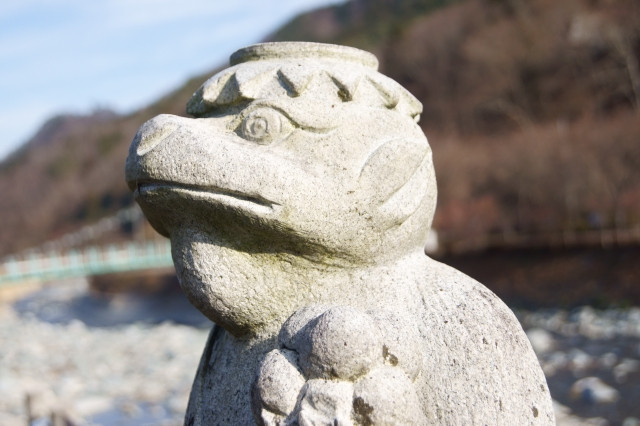
One of the characteristics of Japanese ghost stories is the frequent appearance of yokai (妖怪).
What is Yokai?
Yokai refers to a class of supernatural beings and spirits that originate from Japan, also known as Ayakashi (妖), Mamono (魔物), and Mononoke (物の怪).
Yokai is sometimes translated to “demons” in English, but this is not an accurate translation, as yokai are not necessarily evil. The existence of Yokai stems from the belief of animism, that spirits or life dwells in everything. Animism is also the basis of Shintoism, Japan’s oldest religion. There are Yokai or spirits that are considered good, and can even be viewed as Kami (神), aka God.
There are many types of Yokai, for example Kaibyo (怪猫) which are all Yokai cats.
Yokai in Kaidan
Yokai also make frequent appearances in Kaidan. Here are some Kaidan that feature Yokai.
Inou Mononokeroku (稲生物怪録)
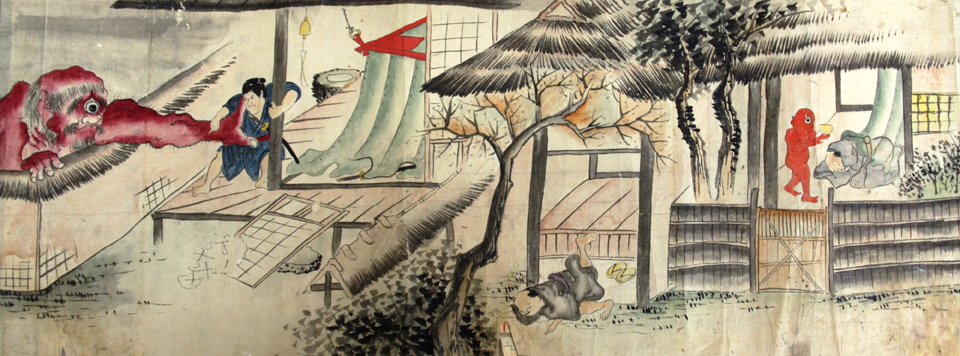
Source: Miyoshi Mononoke Museum
Inoumononokeroku is the story of a 16 year old boy named Heitaro Inou that endures the threats from many Yokai. There is also a scene where Heitarou performs the Hyaku-monogatari - sharing 100 Kaidan.
The story begins on July 1, 1749 when Heitaro, who lives in the town of the former Miyoshi clan, suddenly begins to see Yokai. From the ash yokai - Akubozu to the one-eyed Yokai - Hitotsume-kozo, he saw many types of Yokai that plagued him, and all he could do was endure. On the last night, the Yokai King appeared and after having a talk with Heitaro vanished with his many Yokai followers.
It seems that Heitaro was based on a real person. The story became very popular with many picture scrolls and picture books of Yokai, drawn in a cute fashion, were made.
Yuki Onna (雪女)

Yuki Onna, the “Snow Woman”, is a Yokai or spirit in Japanese folklore. Stories and legends about Yuki Onna extend all the way back to the Muromachi period. There are countless stories about her stemming from each prefecture, but perhaps the most popular one is a more recent story published in 1904 that has been translated into English.
One day, there was an old woodcutter named Mosaku, and his young apprentice Minokichi. They were out in the woods chopping wood when they were caught up in a blizzard. They took refuge in a ferryman’s hut. Minokichi woke up in the middle of the night to find the door of the hut was open, and there was a woman dressed in white blowing on Mosaku’s face. She turned to him and said, “You are young and I will not harm you. But if you tell anyone of what happened tonight, I will kill you”. The storm was gone the next morning, but Mosaku was dead.
A year later, Minokichi came to fall in love with a woman named Oyuki (お雪), and they were wed. They had a happy life with many children when one day, Minokichi told his wife about the events of that night, saying she was as beautiful and fair as the snow woman of that day. Oyuki threw her sewing down and exclaimed angrily, “That was me. I said I would kill you if you said a word about that time. But I won’t, so take care of the children.” She disappeared in a flurry of snow and Minokichi never saw her again.

.jpg)











.png)























